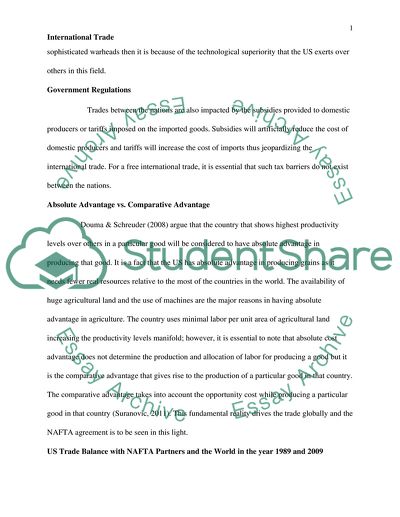Cite this document
(Impact of NAFTA agreement on the US Economy Research Paper, n.d.)
Impact of NAFTA agreement on the US Economy Research Paper. Retrieved from https://studentshare.org/macro-microeconomics/1787056-you-choose-any-topic-about-international-trade
Impact of NAFTA agreement on the US Economy Research Paper. Retrieved from https://studentshare.org/macro-microeconomics/1787056-you-choose-any-topic-about-international-trade
(Impact of NAFTA Agreement on the US Economy Research Paper)
Impact of NAFTA Agreement on the US Economy Research Paper. https://studentshare.org/macro-microeconomics/1787056-you-choose-any-topic-about-international-trade.
Impact of NAFTA Agreement on the US Economy Research Paper. https://studentshare.org/macro-microeconomics/1787056-you-choose-any-topic-about-international-trade.
“Impact of NAFTA Agreement on the US Economy Research Paper”, n.d. https://studentshare.org/macro-microeconomics/1787056-you-choose-any-topic-about-international-trade.


